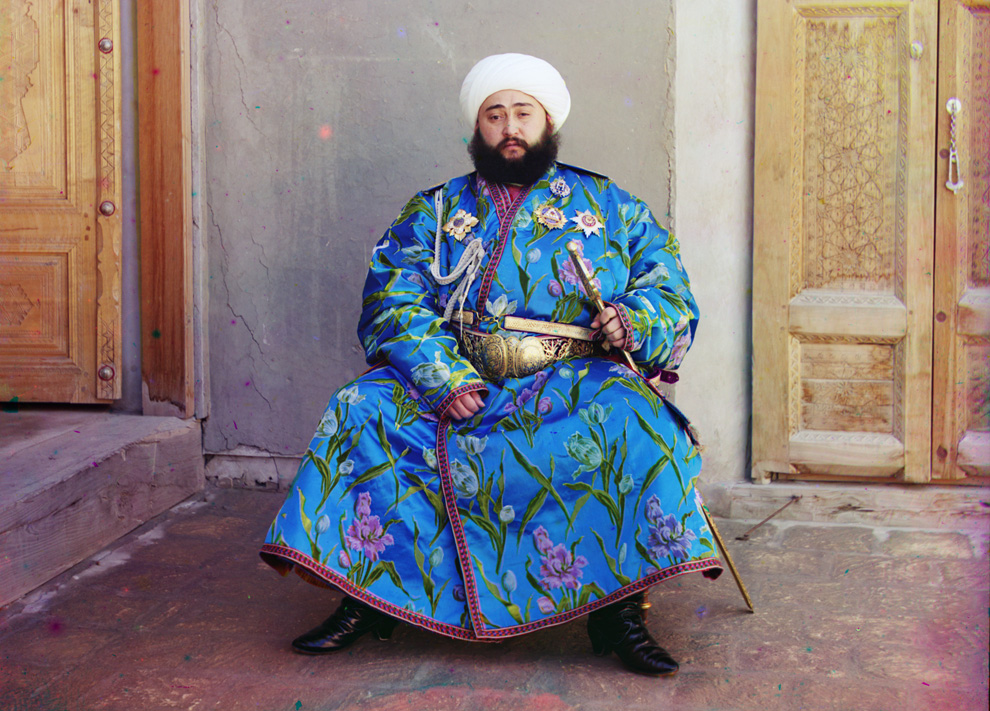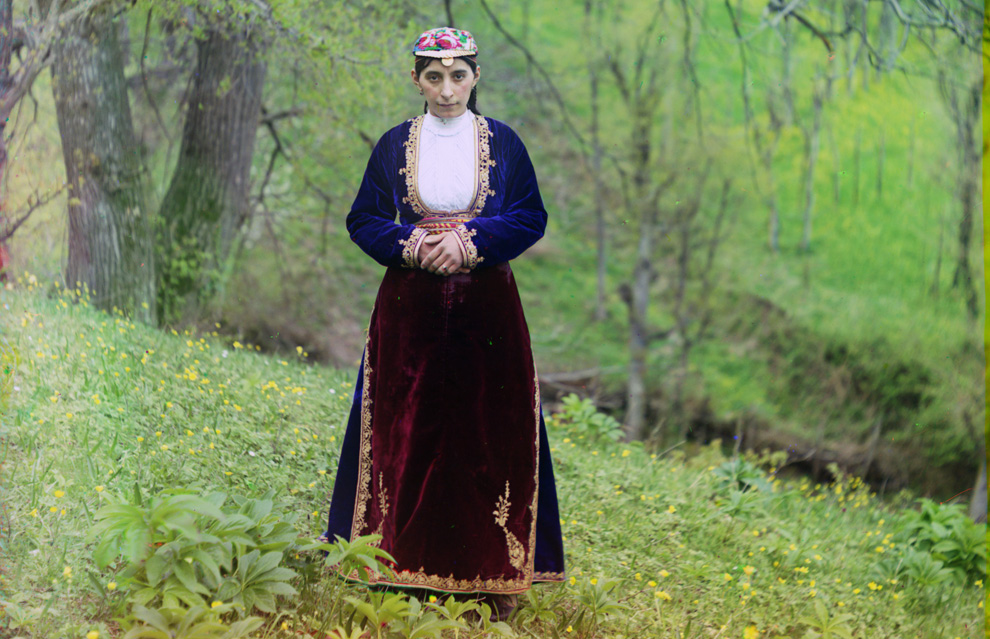You can't mention Brazil without thinking of Senna. And I can't think of Senna without feeling a bit of loss. As odd as it may sound, Brazil will always be a favorite of mine for the sentimentality.
Well, there is also that huge curve taken at 100% throttle.
Excellent elevation changes and corner variety raise this track to another level. It is wonderful to (virtually
After spending some time at virtual Interlagos, I've come to realize that this track requires a lot more finesse and subtlety than I ever realized. Let's get on with it...
The Start/Finish straight is nice and long with enough landmarks to help you gauge the braking for turn one. And you must get this right. The track slopes away from you as you brake into the Senna "S". Two things to keep in mind here.
If you get a wheel on the grass while battling for the corner, you're done. Off without hope of a decent recovery. You'll also run into your first drivers paradox here. You want to whip the thing left so you can stomp on the accelerator through turn 2 but the window is very small. This corner makes you think you have slowed enough to turn and ease off the brake. Chances are, you haven't slowed enough and if you do lift, you'll easily find yourself in the grass.
When you do get it right you can manage Turn 2 with just the throttle and a cheeky grin.
Turn 2 doesn't look as sharp as it is and the Curva do Sol isn't as sharp as it looks* so you can go full throttle the whole way and you rocket onto the back straight.
"Pwn"** the curb on the inside of turn 4 and you can quickly go flat out through 5. The sequence of 6 through 10 starts out deceptively fast. Nail the braking for the entry to 6 and you can manage through 6 and 7 with medium speed and throttle control. Turn 8, like it's slower cousin, turn 10, requires you slow way down after being flat out.
I recall a Top Gear episode where Richard Hammond was being chastised by a Renault race engineer for not being on and off the throttle fast enough. According to him, the telemetry should show no "ramp" up or down. I am reminded of that every time through this sequence. On, off, on, off.... then finally, through 11 you can let fly and muscle the car through to the entrance to 12 where you are hard on the brakes.
Again, you have to brake here earlier than you want to. 12 took me a while to get down and I'm still not happy with it. I just couldn't get it consistent. I found braking too early was much easier to recover from than braking too late. You will lose some revs that you'll want on the exit but it's better than the grass.
You're flat out now through 13, 14, and 15. 15 seems to me to have the same issue with pit entry that everyone was crying about in Korea. It's an interesting part of the circuit in both cases and they shouldn't change either.
Then you're rocketing past the pit entrance knowing that this lap is almost over and you want this part to go on forever.
Alas, all things must end, my friend...
Adeus
*The Curve of the Sun, named for the fact that when the circuit ran in the opposite direction, drivers were blinded "as if driving into the sun". Although they changed the direction, the name stayed.
**If you don't know the etymology of "pwn" you lose points for not being as geeky as you probably should be. On the other hand, you gain bonus points for not living through the inanity of it's birth.





